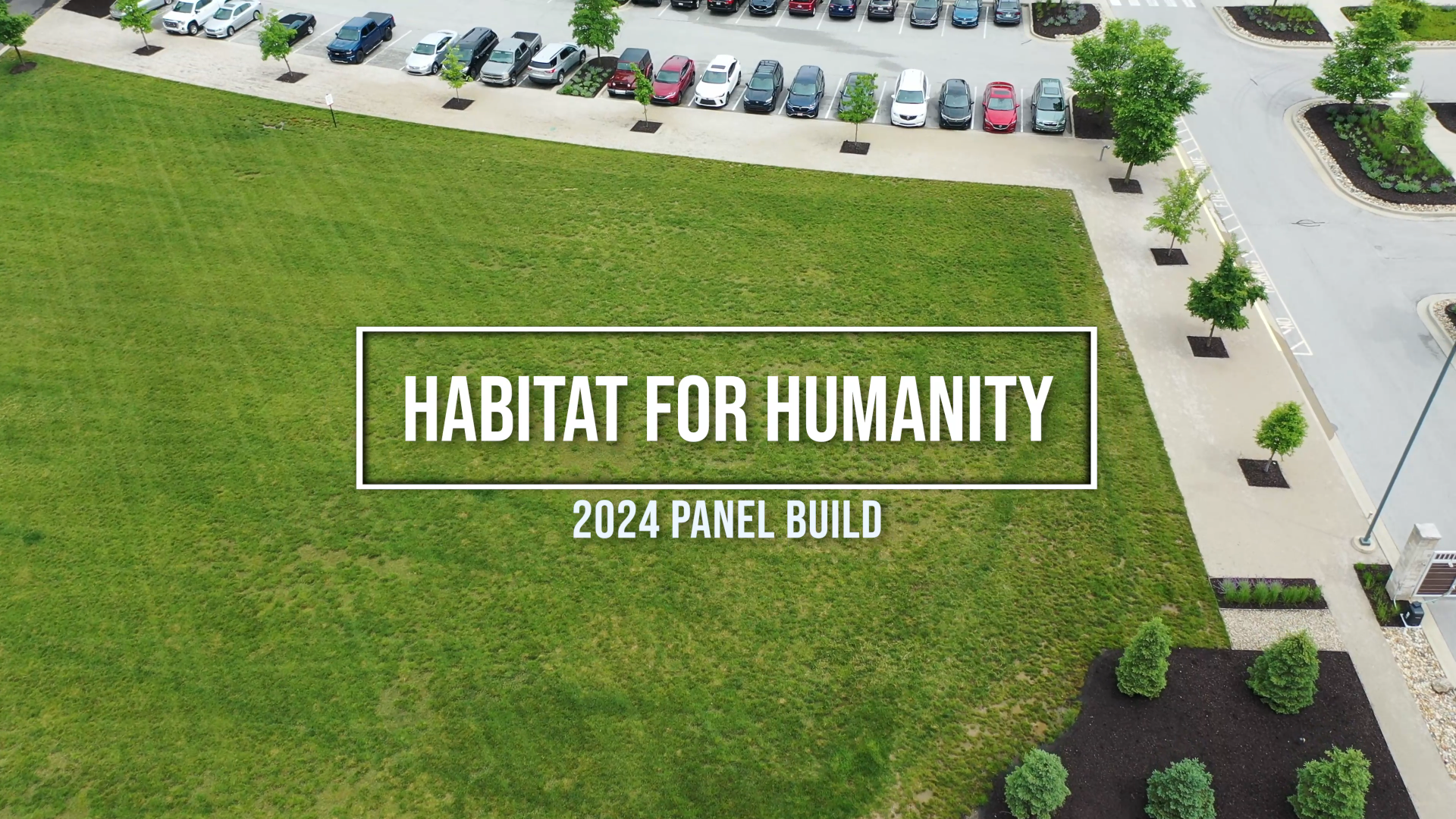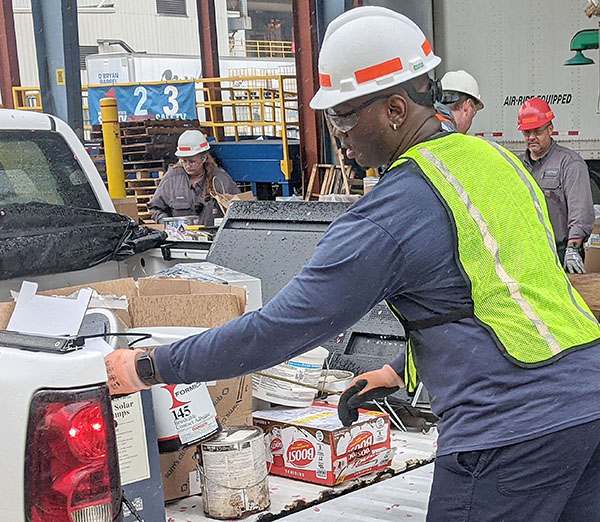Winter is here again with its cold temperatures, snow, ice, wind—and the hassles or even risks that accompany the season. There are the normal sub-freezing temperatures that many parts of the U.S. experience every winter, and then there are other more extreme cold-weather events that sometimes occur such as a sudden extreme cold snap, a period of sustained extreme cold, high winds resulting in lower wind chill temperatures, or a period of recurring freeze/thaw cycles.
We have assembled practical cold-weather strategies for you to consider in your efforts to ensure continued safe waste handling and storage, as well as the safety of your team.
Personnel Safety
Personnel working in waste-generating operations or storage areas may need some extra help to stay safe during the winter.
- Personnel working outside need outerwear and PPE that keeps them warm without inhibiting their ability to safely conduct their work. For example, fingers and toes chill much faster than other areas of the body, so insulated gloves are needed to prevent frostbite, but gloves shouldn’t be so bulky as to interfere with the person’s ability to grip a tool or select the correct switch.
- Employees should be aware of the often increased potential for slips, trips, and falls during winter weather, both inside and outside the building. These hazards can occur from:
- Snow, rain, or ice that is tracked or blown into the building.
- Roof driplines that freeze near doorways or other areas where personnel routinely walk.
- Snow or ice mounding near doorways or other areas where personnel routinely walk.
- Watch for potential falling object hazards from ice formation on overhead structures such as roof edges, tank walls, or stationary ladders.
Emergency Response
Emergencies can happen at any time of the year, so make sure exits, evacuation routes, and emergency response access routes remain clear of ice and snow. Also check that emergency vehicles and equipment are accessible and functional—no dead batteries, frozen gears, etc. Consider conducting ER drills during inclement weather.
Vehicle Safety
A number of different motorized vehicles are used at, or visit, your facility—forklifts, company trucks, delivery trucks, and waste pickup vehicles, to name just a few. Check that the driveway, loading/unloading, and parking areas of your facility are clear of snow and ice to prevent vehicles from sliding off the pavement, sliding into buildings, or damaging outside structures or storage areas.
Waste Management Safety
Freezing temperatures can present a real challenge for maintaining the integrity of waste storage containers and tanks. The goal is, of course, to prevent wastes from freezing and rupturing their containers, which could result in a number of possible hazards:
- Personnel exposure
- Co-mingling of incompatible wastes
- Contamination of soil, groundwater, surface water, storm water, or air
A few things to watch to help prevent a release from occurring include:
- The temperature of your storage areas, especially during extremely cold periods or when strong winds drop the outside temperature even further.
- Small openings in the building that allow cold air, wind, or snow into the building —g. slits around door edges, windows that don’t close tightly, or leaks in the roof.
- Proper insulation of pipes, hoses, and valves to prevent freezing and blockage.
- Accumulating snow or ice on or around tanks, containers, vents, or drains.
- Container/tank cracks, drips, or compromised valves or lids.
- Leave adequate vapor space in drums to allow for expansion if the waste does freeze.
- Schedule frequent shipments of waste.
- Consider accumulating waste inside, as opposed to outside, as long as you consider fire code issues.
We hope you find this starter list helpful as you work to ensure a safe and successful winter season. If you would like to talk to us about more facility-uspecific strategies, please try our new live chat feature or contact us.
Heritage is here to help you succeed, no matter what winter brings your way!
More News From Heritage
-
10/14/24
Heritage Environmental Services Announces Timothy Thomas as Chief Operating Officer
Heritage Environmental Services (“HES”), an EQT Infrastructure portfolio company, announced today that Timothy Thomas will join the organization as Ch
-
10/1/24
Heritage Environmental Services Complete Acquisition of EBV from General Dynamics
Heritage Environmental Services, an EQT Infrastructure portfolio company, has completed the acquisition of EBV from General Dynamics.
-
7/31/24
PFAS Regulations: Is 6 the Magic Number?
Learn more about the current and proposed regulation for PFAS and what they mean from our Chief Sustainability and Innovation Officer, Angie Martin.
-
6/27/24
Heritage Environmental Services to Acquire EBV from General Dynamics
Heritage Environmental Servicess, an EQT Infrastructure portfolio company, will acquire EBV from General Dynamics
-
6/13/24
Meet The Facilities – East Liverpool
An inside look at our incineration facility located in East Liverpool, OH
-
5/24/24
Habitat for Humanity 2024
Heritage hosted our 14th annual Habitat for Humanity build this month, partnering with over 50 employees from various THG companies.
-
5/6/24
Date set for the household hazardous waste collection in East Liverpool, Ohio
-
3/12/24
Equal Pay Day – Spotlighting Our Female Drivers








